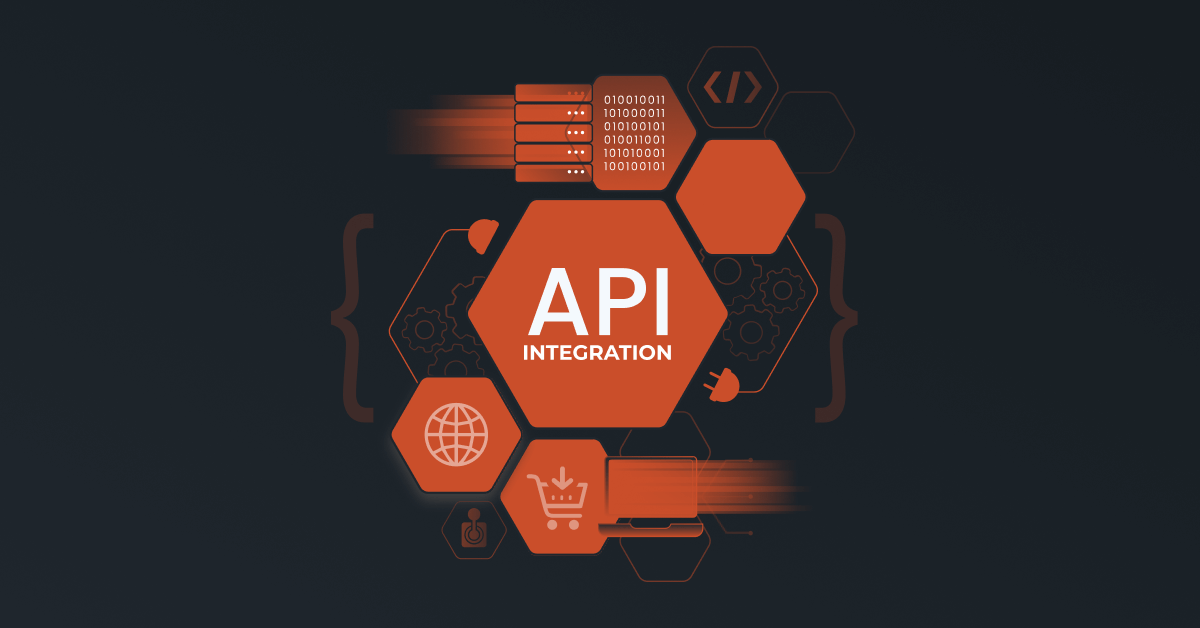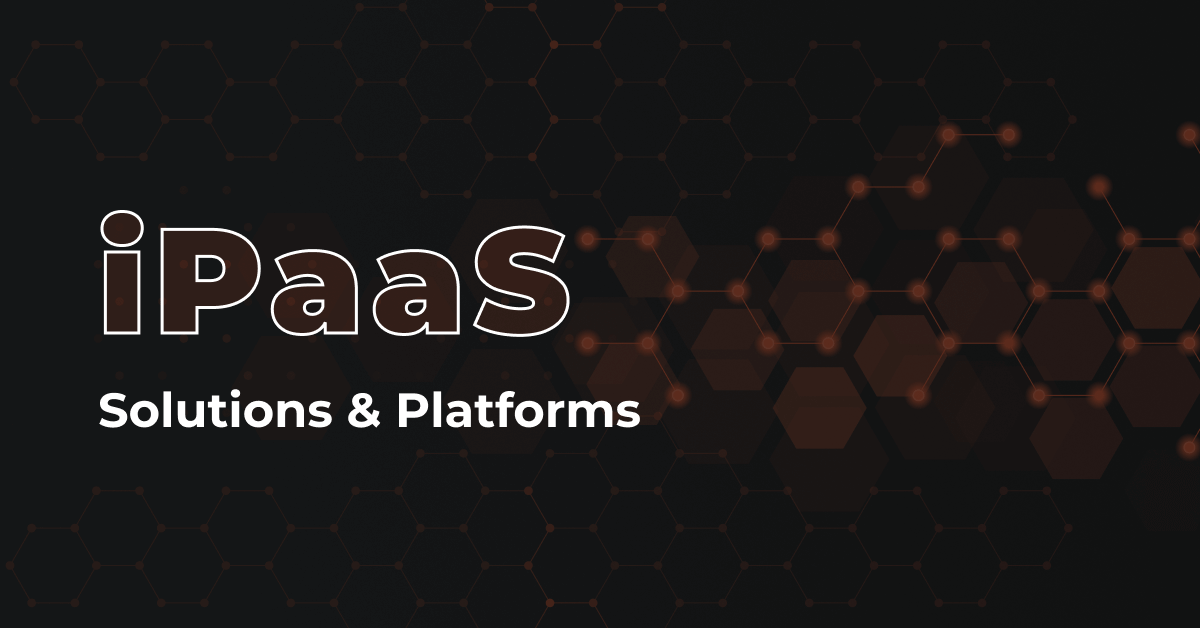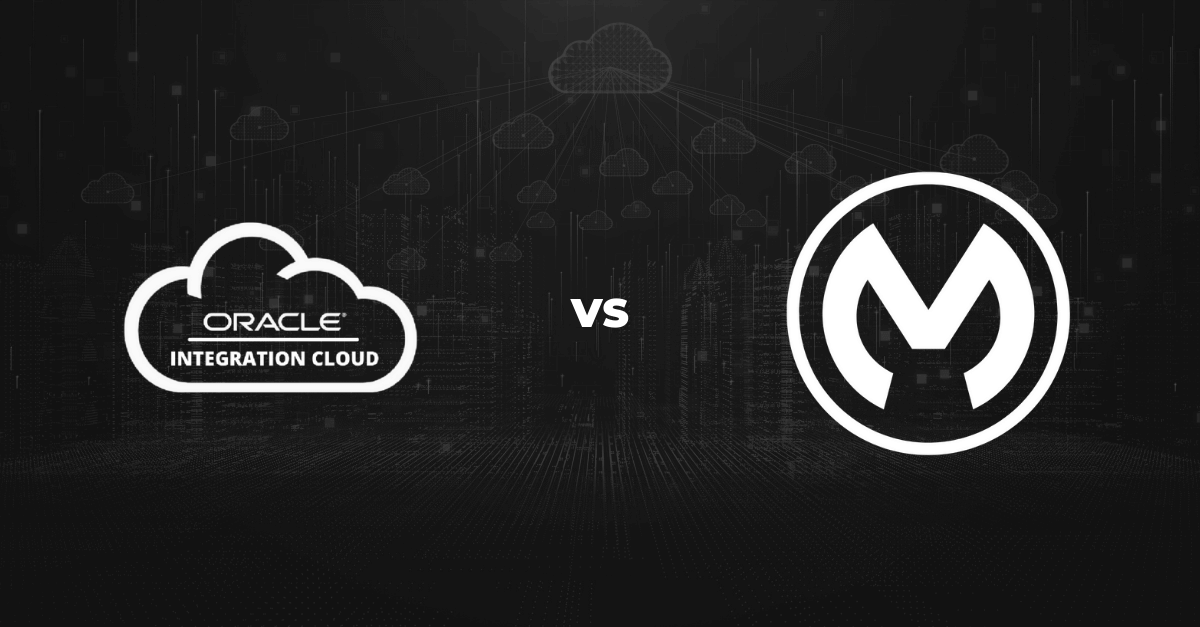API integration refers to the process of connecting different SaaS applications and systems by utilizing Application Programming Interfaces (APIs). They serve as a set of rules and protocols that define how software components should interact and exchange information with each other.
Read on to learn more about how APIs work, common use cases, and best practices.
Contents
How does API Integration work?
An API specifies how different software components should interact with each other. It defines a set of rules, protocols, and data formats for requesting and exchanging information between software applications. APIs can be RESTful (Representational State Transfer) or use other communication protocols like SOAP (Simple Object Access Protocol).
Types of API Integration
API integration can be categorized into several types based on the integration approach:
- Point-to-Point Integration: In this approach, APIs are integrated directly between two systems, creating a dedicated connection for data exchange. While simple to implement, this approach can become complex and difficult to manage as the number of integrations increases.
- Hub-and-Spoke Integration: This approach involves a central integration hub that connects multiple systems through APIs. The hub acts as a mediator, handling the data transformation and routing between systems. This approach simplifies management and allows for scalability.
- Real-time API Integration: Real-time integration involves the immediate exchange of data between systems as events occur. This enables real-time synchronization and ensures that the connected systems are always up to date.
- Batch API Integration: Batch integration involves exchanging data in batches at scheduled intervals. This approach is suitable for scenarios where real-time synchronization is not required, and data can be processed in batches.
API authentication and authorization
API integration requires proper authentication and authorization mechanisms to ensure secure data exchange between systems. This typically involves using API keys, access tokens, or other authentication methods to validate the identity of the requesting application or user. Authorization controls are implemented to restrict access to specific APIs and data based on user roles and permissions.
Common Use Cases of API Integration
API integration can be used across various business functions. Here are some common use cases and API Integration examples:
ERP integration
APIs help connect business applications to the Enterprise Resource Planning or ERP tool, sometimes via an ERP Integration Platform.
This helps streamline the flow of real-time data between the ERP and tools such as CRM, PIM, EDI databases, ecommerce platforms, marketing automation tools, and more.
We’ve covered previous this in detail for NetSuite and Infor.
Social media integration
Many businesses leverage social media platforms to connect with their customers and promote their products or services. API integration allows organizations to integrate social media platforms such as Facebook, Twitter, or LinkedIn into their applications, enabling seamless sharing of content, user authentication, and access to social media analytics.
Payment gateway integration
eCommerce businesses rely on payment gateway integration to securely process online payments. By integrating with payment gateways such as PayPal, Stripe, or Braintree, organizations can facilitate smooth and secure transactions, ensuring a seamless checkout experience for their customers.
CRM integration
Customer Relationship Management (CRM) systems play a crucial role in managing customer interactions and sales processes in the backend. API integration enables the end-to-end data flow for CRM systems like Salesforce, HubSpot, or Zoho CRM with other applications, allowing for the automatic synchronization of customer datasets, lead generation, and sales pipeline management.
eCommerce integration
eCommerce integration is vital for businesses with online stores, enabling seamless integration with various systems, including inventory management, order fulfillment, shipping carriers, and marketplace platforms. By integrating with APIs, organizations can automate order processing, inventory updates, and product listings, ensuring smooth ecommerce operations.
Best Practices for Successful API Integration
To ensure a successful API integration, consider the following best practices:
Clear documentation and support
API providers should offer clear and comprehensive documentation that explains the API functionality, request and response formats, and any specific integration requirements. Additionally, providing developer support, such as forums or ticketing systems, can help address integration challenges and provide timely assistance.
Testing and error handling
Thoroughly test API integrations before deploying them into production ecosystems. Implement proper error handling mechanisms to gracefully handle unexpected situations, such as API downtime, network failures, or incorrect data.
Security considerations
API integration involves the exchange of sensitive data between systems. Implement security measures such as encryption, secure communication protocols (HTTPS), and access controls to protect data privacy and prevent unauthorized access. Regularly review and update security measures to stay ahead of potential threats.
Scalability and performance optimization
Design API integrations to be scalable and performant, considering factors like data volume, processing speed, and system resources. Optimize API calls, data caching, and network latency to ensure smooth performance, especially during high traffic or data-intensive scenarios.
Benefits of API Integration
Here are the different ways in which API Integration can address the specific needs of business users:
Enhanced functionality
API integration enables organizations to extend the functionality of their applications by leveraging external services and data sources. By integrating with APIs, businesses can access a wide range of features and capabilities that are not available natively within their applications.
Improved efficiency and productivity
API integration automates the exchange of data between systems, eliminating the need for manual data entry and reducing the risk of errors. By automating business processes and workflows, organizations can mitigate time-consuming processes and save resources.
Streamlined workflows
API integration enables seamless data transfer between different applications and systems. This streamlining of workflows ensures that information is readily available where it is needed, without the need for manual intervention or data duplication.
Better user experience
API integration allows organizations to provide a seamless and cohesive user experience by connecting various applications and services. By integrating APIs, businesses can deliver a unified and personalized experience to their users, ensuring smooth interaction across different touchpoints.
Challenges with API Integration
While API integration offers numerous benefits, there are challenges and considerations to keep in mind:
Compatibility issues
APIs can vary in terms of their data formats, protocols, and versions. Ensuring compatibility between different APIs and systems requires careful planning and consideration. Compatibility issues may arise when integrating with legacy systems or when working with APIs from different vendors.
Upgrades and versioning
APIs can evolve over time, introducing new features, deprecating old ones, or changing their data structures. API integrations should be designed to accommodate future upgrades and versioning to prevent disruptions and ensure compatibility with newer API versions.
Data privacy and compliance
API integration involves the exchange of data between systems, necessitating compliance with data protection regulations and privacy standards. Organizations must adhere to applicable laws, such as the General Data Protection Regulation (GDPR) or industry-specific compliance requirements, to safeguard user data and maintain legal compliance.
Tools and Technologies for API Integration
Various API Integration Platforms , tools and technologies can assist in building efficient data automation pathways. Here are some examples of API integration management platforms:
API gateways
API gateways provide a centralized entry point for API requests and act as intermediaries between clients and APIs. They offer features like authentication, rate limiting, caching, and protocol transformation, simplifying the integration process and providing additional security and control.
Middleware platforms
Middleware platforms provide pre-built connectors and integration capabilities for connecting applications and systems through APIs. These platforms often offer visual tools and low-code development options, reducing the complexity of API integration and enabling faster implementation.
Integration platforms as a service (iPaaS)
iPaaS solutions provide a comprehensive suite of integration tools and services. They offer a centralized platform for managing API integrations, data transformation, and workflow automation. iPaaS platforms streamline the integration process and provide extensive monitoring and management capabilities.
8 Top API Integration Platforms
- DCKAP Integrator: Designed specifically for distributors, DCKAP Integrator is a cloud-based integration platform offering data integration between ERP, ecommerce platforms, CRM, PIM, EDI databases, and more. It offers limitless integrations across business applications and is known to be robust and with an intuitive user interface.
- IBM App Connect: IBM App Connect is an Application integration platform that enables you to connect and integrate your ERP system with a wide range of applications and services. It supports both cloud-based and on-premises systems and offers a visual interface for designing and deploying integrations. It also provides data mapping and transformation capabilities.
- Dell Boomi: Dell Boomi is a cloud-based integration platform that offers robust capabilities for connecting and integrating ERP systems with various applications, databases, and cloud services. It provides pre-built connectors and a visual interface for creating integrations, making it easier to connect your ERP system with other tools. Also compare Celigo vs Dell Boomi mulesoft vs dell boomi ipaas solutions
- MuleSoft Anypoint Platform: MuleSoft Anypoint Platform is an API-led integration platform that allows you to connect and integrate SaaS applications, SOA, and management systems. It provides a comprehensive set of tools for building, managing, and monitoring integrations, and supports various integration patterns and protocols. Take a look into talend vs mulesoft integration and also how SaaS integration works?
- Informatica Intelligent Cloud Services: Informatica Intelligent Cloud Services is a cloud-based integration platform that enables integration between ERP systems and other applications, databases, and cloud services. It offers a wide range of connectors, data transformation capabilities, and monitoring tools to streamline data integration processes.
- Celigo: Celigo is a cloud-based integration platform that specializes in connecting ERP systems with ecommerce platforms, marketplaces, and other business applications. It offers pre-built templates for popular ERP systems and applications, allowing for quick and easy integrations.
- SnapLogic: This integration platform provides a visual interface and pre-built connectors for connecting ERP systems with various applications and services. It supports both cloud-based and on-premises systems and offers advanced data integration and transformation capabilities. Also Take a close look at Snaplogic vs Boomi vs Mulesoft comparison
- Jitterbit: Jitterbit is an integration platform for connecting ERP systems with various applications and services. It’s a low-code option, offering a visual interface for designing integrations, as well as data transformation and mapping features to ensure data consistency and accuracy.
Related Read: Our List of the Top ERP Integration Tools (with Pros, Cons and Reviews)
The Bottom Line on API Integration
API integration is a crucial aspect of modern software development, enabling organizations to connect and enhance their applications and systems. By leveraging APIs, businesses can achieve efficient digital transformation, enhanced functionality, and streamlined workflows. Its use cases include ERP integration, social media integration, CRM integration, and ecommerce integration.
However, successful API integration requires careful planning, adherence to best practices, and consideration of compatibility, security, and future scalability. Embracing emerging trends like GraphQL, serverless architecture, and IoT integration can further enhance the possibilities of data integration.
FAQs
What does API mean?
API stands for Application Programming Interfaces. They allow two applications to communicate with each other. There are different types of APIs including Open APIs or Public APIs, Internal APIs, Partner APIs, Composite APIs, REST APIs, SOAP APIs, JSON-RPC and XML-RPC APIs, and GraphQL APIs.
What is API Integration with a real-life example?
API integration refers to the process of linking different software applications by utilizing their APIs for seamless communication between the systems and automated data flow.
A concrete example of API integration is seen in the connection between a P21 ERP system and BigCommerce, an ecommerce platform.
In this integration, APIs act as bridges that facilitate the exchange of information between the two systems in real time. When a customer places an order on the BigCommerce website, the API integration instantly transmits the order details to the P21 ERP.
Real-time data synchronization ensures accurate product availability information and order status for customers browsing the ecommerce site. By seamlessly linking these systems, businesses can automate processes, reduce manual errors, and provide a streamlined shopping experience for customers while efficiently managing their operations behind the scenes.
What is an API vs Integration?
APIs are the tools that enable communication between software applications, integration involves the larger process of making various systems work together harmoniously to achieve specific business goals. APIs are a key component of integration, but integration involves a more comprehensive approach to ensure that different systems collaborate effectively.
What are API protocols?
API protocols are standardized rules governing the interaction between software applications, facilitating efficient data exchange and action execution. They commonly utilize the Hypertext Transfer Protocol (HTTP requests), allowing applications to send requests to retrieve or manipulate data from remote servers.
Particularly, Web APIs, a subset of APIs accessible over the internet via HTTP, empower developers to access external services and resources seamlessly. Such protocols play a pivotal role in data analysis, enabling applications to retrieve, process, and analyze data from different sources for informed decision-making.
What role does API documentation play?
API protocols serve as a foundational mechanism for software applications to communicate, enhancing their functionalities by tapping into external resources and services. They ensure businesses can address their unique needs while also contributing to the development of robust and feature-rich software solutions.
Clear API documentation is paramount, outlining endpoints, methods, parameters, and authentication requirements for the development team to seamlessly integrate APIs into their applications. These protocols simplify the work of software developers, providing structured guidelines for interaction.
How does API Integration help businesses?
API integration offers significant advantages to businesses by enabling seamless communication and data exchange between different software applications and systems. This integration enhances business intelligence by allowing access to diverse data sets from various sources.
For instance, a company can integrate its CRM software with financial services APIs to consolidate customer and transaction data, providing a comprehensive overview of its financial health. This empowers businesses to make informed decisions and devise effective strategies based on accurate and up-to-date information.
API integration also extends to cloud apps, broadening integration use cases. Businesses can automate actions and alerts across multiple platforms, ensuring real-time updates and efficient workflows.
For example, an e-commerce company can integrate its online store with shipping APIs to automatically generate shipping labels and track deliveries, enhancing the customer experience with timely and reliable service. This integration streamlines processes, reduces manual effort, and improves overall operational efficiency.




